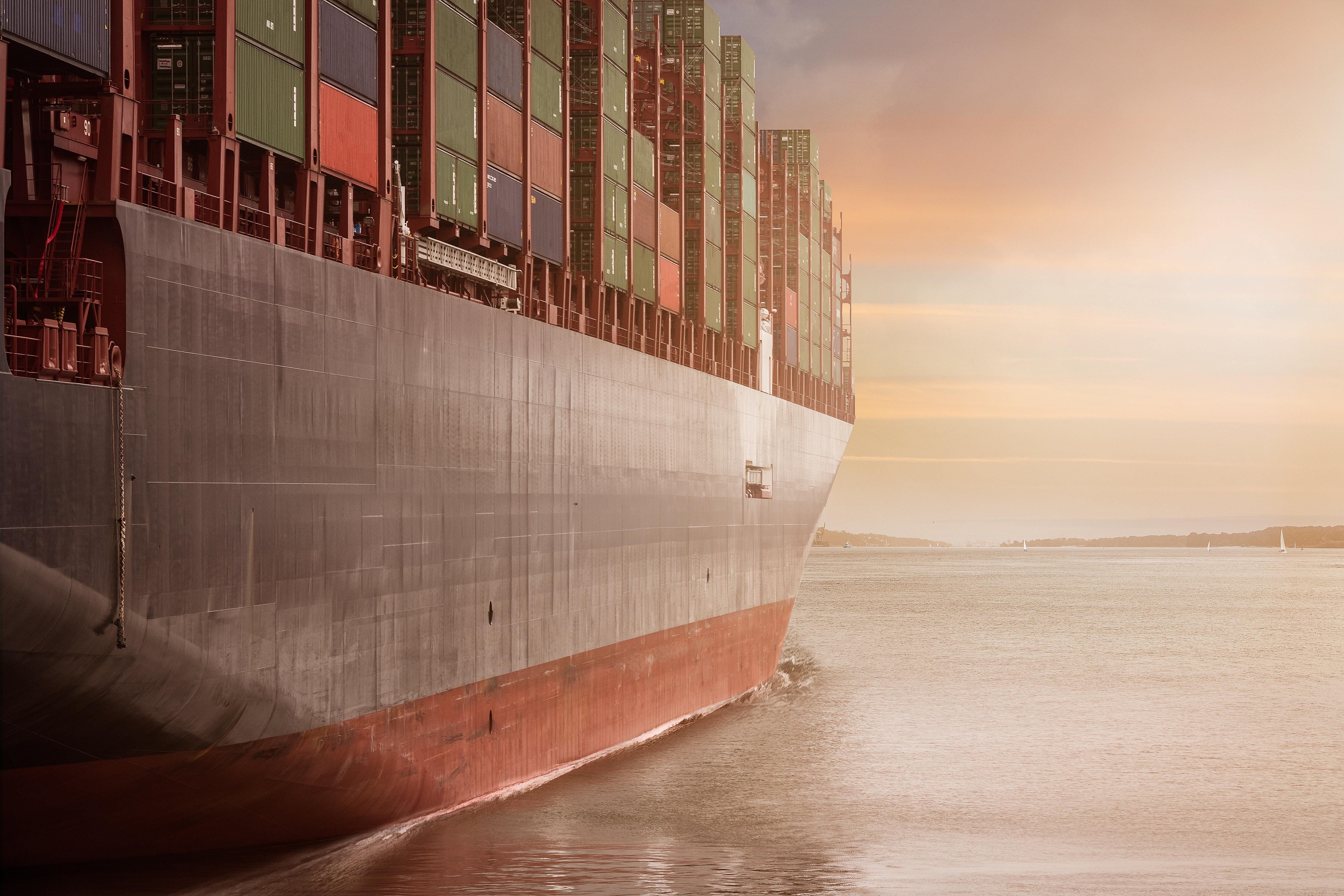

The shipping sector must not delay climate action
Today, the European Commission proposed to increase its climate commitment and reduce the EU’s emissions by at least 55% by 2030 relative to 1990 levels. This is the level necessary to put the EU on a path to climate neutrality by 2050. Yesterday, the European Parliament voted to include shipping in the European Union’s Emissions Trading System (ETS). Both show the EU is serious about tackling emissions from the shipping sector.
The inclusion of shipping in the ETS could be the first ever EU regulation that requires ships to reduce their emissions and the first regulation in the world requiring them to pay for their carbon emissions. While the European Member States still need to weigh in on the proposal, this is an important step to ensuring the shipping sector does not undermine the Paris Agreement’s temperature goals, the efforts undertaken by other sectors, and to positively impact air quality and public health. Yesterday’s vote and today’s announcements come just a month after the landmark Fourth Greenhouse Gas (GHG) Study from the International Maritime Organization (IMO) which gives a rather grim assessment of the trajectory of the global shipping sector’s climate warming emissions.
The study showed shipping emissions up by 9.6% between 2012 and 2018. The share of gases other than carbon dioxide (CO2) also rose, mostly due to increased use of liquefied natural gas, or LNG, which results in higher levels of methane due to leakage. Harmful pollution from sulphur oxides (SOx), particulate matter and nitrous oxides (NOx) also worsened[1].
The IMO’s projections didn’t take into account emissions of unburnt methane, called methane slip, which escapes in the atmosphere from LNG-powered ships. The study justifies this omission by expecting “future technology solutions” to address the methane slip issue but it is not yet clear such technology will be adopted and used. Therefore, the increase in emissions could be even higher than reported. Methane’s climate warming potential is 72 times greater than carbon dioxide over 20 years, making it a far more powerful pollutant than CO2.
Further, under a business as usual scenario, the IMO expects emissions to increase by 90-130% compared to 2008 levels, even without the methane slip emissions. This is slightly lower than previous estimates, but it still means shipping will pump into the atmosphere between 2.2 and 2.6 billion tonnes of CO2 equivalent[2] per year by 2050. Overall, the maritime sector is now responsible for 2.9% of global GHG emissions, an amount that has increased compared to previous estimates.
The opportunity for shipping nations to take climate action
The COVID-19 pandemic has paralyzed shipping and postponed all major climate talks. It may seem that there is little hope to advance climate action in the near future. However, this is an opportunity for the IMO and shipping nations to step up.
The report came up with a new, more precise method using the shipping equivalent of GPS technology for differentiating international and domestic emissions. It estimates that the share of domestic GHG emissions is much higher than originally thought, increasing from about 15% between 2007 and 2012, to roughly 30% between 2012 and 2018. This increase sends a very clear message to individual states: despite slow progress in the IMO, they still have a duty to mitigate 30% of the sector’s emissions. States can and should introduce regulations to steer the sector towards sustainable alternative fuels in their own countries. In real numbers, 30% would be about 320 million tonnes of CO2 equivalent. Moreover, as some vessels are used for both domestic and international voyages, there most likely would be a spill-over effect on international emissions as well.
The opportunity for the IMO
The action at the IMO level may appear challenging, which is mostly due to the slow pace of negotiations and lack of flexibility. In fact, the need for consensus among all nations represented at the IMO puts strain on the decision-making process. And the vote yesterday in the European Parliament highlights that the EU will not wait indefinitely. But as we showed in our recent report, one way to speed up the process in the IMO and ensure international shipping is on track to (over)achieve its targets is by learning from the experience of the IMO’s aviation counterpart, the International Civil Aviation Organization (ICAO).
In 2018, ICAO adopted rules for sustainable aviation fuels which could serve as a starting point for the future IMO negotiations on sustainable shipping fuels. Not all the rules are relevant for shipping. But if the IMO uses ICAO’s experience as a blueprint and adapts the rules as necessary to meet the unique needs of shipping, it could speed up the IMO’s slow negotiations and deliver an efficient policy for decarbonising the sector. At the end of the day, there is no need to start from the beginning. Leveraging the know-how from ICAO could save the IMO precious time and resources.
Decarbonising international shipping will require a robust, comprehensive policy package including a carbon pricing mechanism, a system of incentives for clean shipping projects and rules for alternative fuels and their accounting. There is no doubt sustainable alternative fuels are the way forward. The IMO’s 4th GHG study clearly illustrates this point: the projections show zero emissions from hydrogen and ammonia-powered ships.
Despite the IMO’s goal to at least halve the sector’s climate impact by 2050, instead, emissions have been growing steadily. However, the target is set and there is a blueprint for how to get there. The missing piece is legislation that would drive wider adoption of already existing technologies for zero-carbon fuels.
In an ideal world, when the IMO publishes its 5th GHG study in a couple years’ time, it would show a declining trend in emissions and projections leading to full decarbonisation of the sector by 2050. Methane slip would be zero as LNG and other fossil fuels would be replaced by clean, zero-carbon fuels. But that is up to the IMO, and it is now urgent that it starts focussing on implementing measures which will truly lower the sector’s emissions and put shipping firmly on a path to decarbonisation. The EU is leading the way, the IMO must follow suit.
[1] The report only looked at data until 2018 and therefore didn’t consider the IMO2020 Sulphur cap and its effects on air pollutants.
[2] Carbon dioxide equivalent is a measure used to compare the emissions from various greenhouse gases based upon their global warming potential. For example, the global warming potential for methane over 20 years is 84; this means that emissions of 1 tonne of methane is equivalent to 84 tonnes of CO2. For more information, see our report Exploring the relevance of ICAO’s Sustainable Aviation Fuels framework for the IMO.